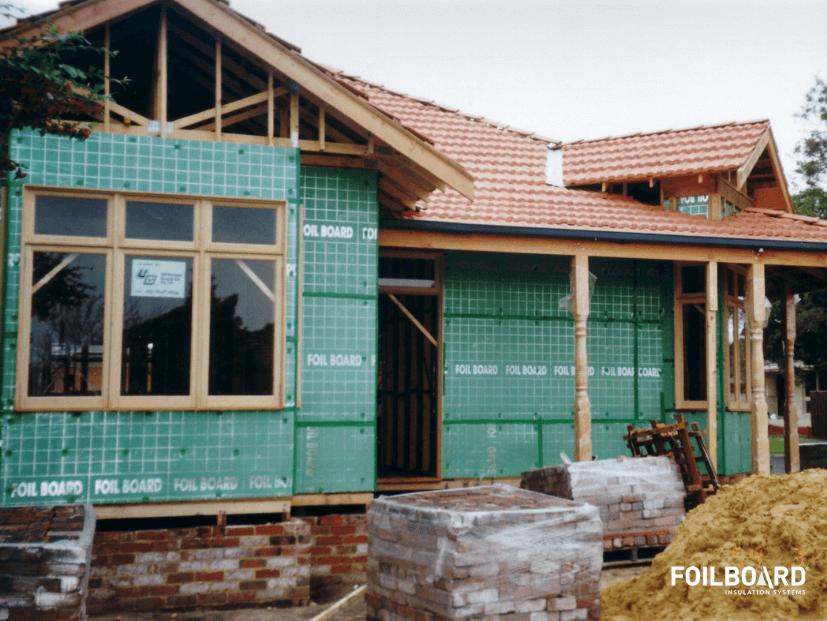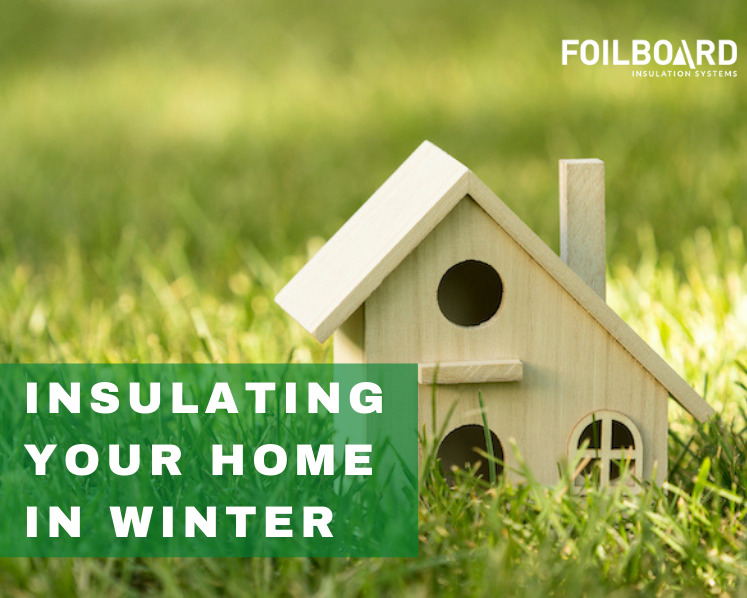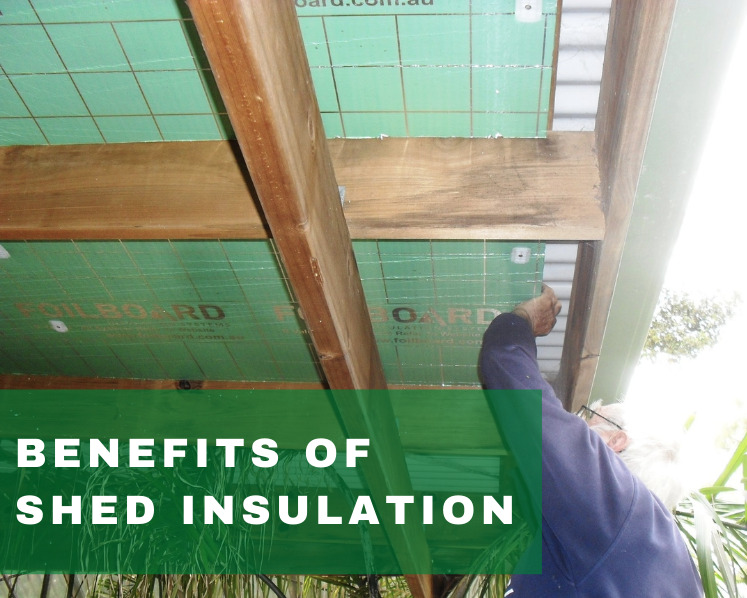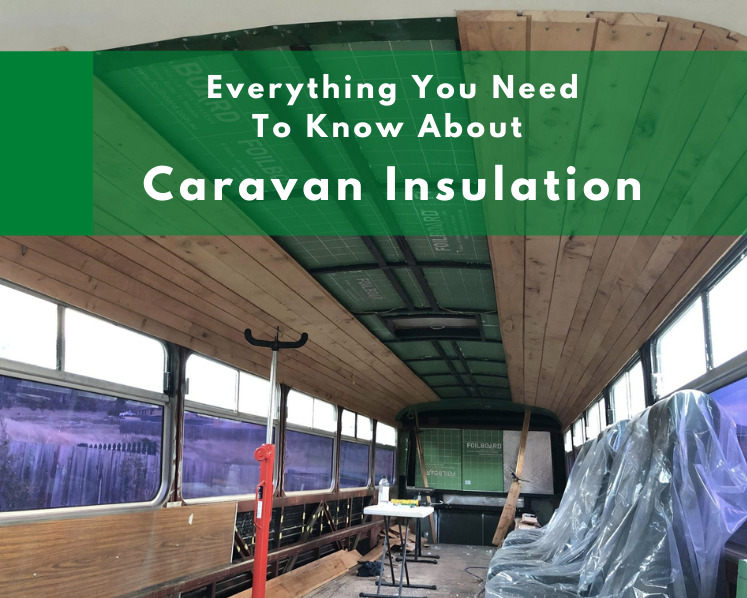
Many people do not know how beneficial the sun’s solar energy is. Passive solar architecture can help you develop a sustainable design for your property that leverages the benefits of solar energy. The property’s envelope can be carefully designed to make your property energy efficient. This can be an excellent idea if you want to keep energy costs low because passive design reduces your need to use air conditioning units and heating systems throughout the year.
Knowing Australia’s climate varies seasonally, it is important that the design of your home accommodates environmental fluctuations and offers continuous comfort by regulating internal temperature. To achieve the ideal thermal comfort levels, a well-designed house can assist with this goal by ensuring that the property is appropriately oriented, shaded, exposed and insulated to maximise thermal efficiency.

Here are 4 tips to let solar energy help you in your home.
Shading
The design of your home can provide natural shading, if considered correctly. A common architectural design is to install eaves around the perimeter of the property. Together with a pitched roof and appropriate roofing ventilation, the summer months will not be as hot as before with eaves that minimise solar intrusion. During the winter when the sun’s axis is relatively lower, heat emitted from the sun will help to warm up the property and keep occupants comfortable inside.
Orientation
The orientation of your home helps to improve the thermal efficiency and comfort of your home. The ideal position of your property is where the longest edges of the property face north. This will allow the rooms to be positioned in ideal location throughout the property to maximise the benefits from the sun. Bedrooms should be positioned on the eastern and western border of the property. While a west facing bedroom can be hot during the summer, it provides natural heating during the winter and stays cool during the morning.
Exposure
The size, number and location of windows, doors and other points of exposure can affect the thermal efficiency of the property. All rooms should have windows to provide natural lighting and natural ventilation. The size of the windows will vary but should be tinted or double glazed to offer additional thermal benefits. Window furnishings, door seals, and other accessories can help to keep the property’s temperature maintained throughout the day during each season of the year.
Insulation
Insulation is an important component of any home. Acting as a barrier between the internal and external space, insulation helps to improve the thermal efficiency of the property. With each type of insulation offering different benefits, it is important to choose the right type of insulation for your needs and requirements.
At Foilboard, our rigid insulation panels offer superior protection and help to keep your property warm during winter and cool during summer. The innovative technology and design prevent thermal leakage and provides a resilient, sustainable and effective barrier to external conditions. For further information about Foilboard panels, please contact us on 1800 354 717.
Related Articles
How Much Insulation Does My Home Need?
7 Reasons Why having Underfloor Insulation is Important
Insulation Today (and how it can help you)
11 Signs Your Home is Under Insulated





